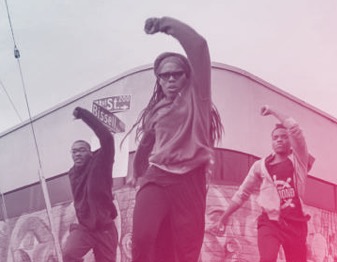A
merica has a long history of coming together to grieve after a national tragedy. It was visible in the days after 9/11 when stars and stripes suddenly filled the windows of shopfronts and homes across America. It was overwhelming after the Sandy Hook mass shooting in 2012, when 65,000 teddy bears and 500,000 letters were sent to Newtown, Connecticut. And the grief that Americans shared after the assassination of President Lincoln was so immense, it’s still with us in a variety of forms more than a century and a half later.
 Yet, a public display of collective grief for the more than 70,000 American lives lost to COVID-19 remains largely absent. We are willing to make noise for healthcare workers, put teddy bears in windows for children, and we might even make and distribute face masks. But when it comes to the lives of the thousands we’ve lost, few people are yet ready to look directly into the eye of that particular storm, and deal with all the mourning that will inevitably come with it.
Yet, a public display of collective grief for the more than 70,000 American lives lost to COVID-19 remains largely absent. We are willing to make noise for healthcare workers, put teddy bears in windows for children, and we might even make and distribute face masks. But when it comes to the lives of the thousands we’ve lost, few people are yet ready to look directly into the eye of that particular storm, and deal with all the mourning that will inevitably come with it.
What we as a nation usually do after a tragedy is look straight to the victims of it. When there are high profile mass shootings, for example, we spend days learning the names and life stories of those lost in the tragedy. We get to know the dead through news reports and newspaper profiles and testimonies from friends told to journalists. We take time to think of these people; we look at their faces; we weep for their families.
But with COVID-19, we’ve all become suddenly much more interested in statistical analysis. Although it’s worth noting that NBC managed to tell the stories of 60 people killed by COVID-19, and CNN is gathering obituaries from loved ones on an ongoing basis, this pandemic has largely been framed in the media by data, not sorrow.
There are two likely reasons for this. The first is that the danger remains at large, and it’s more comfortable to prioritize facts over feelings right now. Americans are still worrying about their likelihood of contracting the virus, trying to learn the best practices to stay safe, and worrying about their bank balances after catastrophic job losses.


